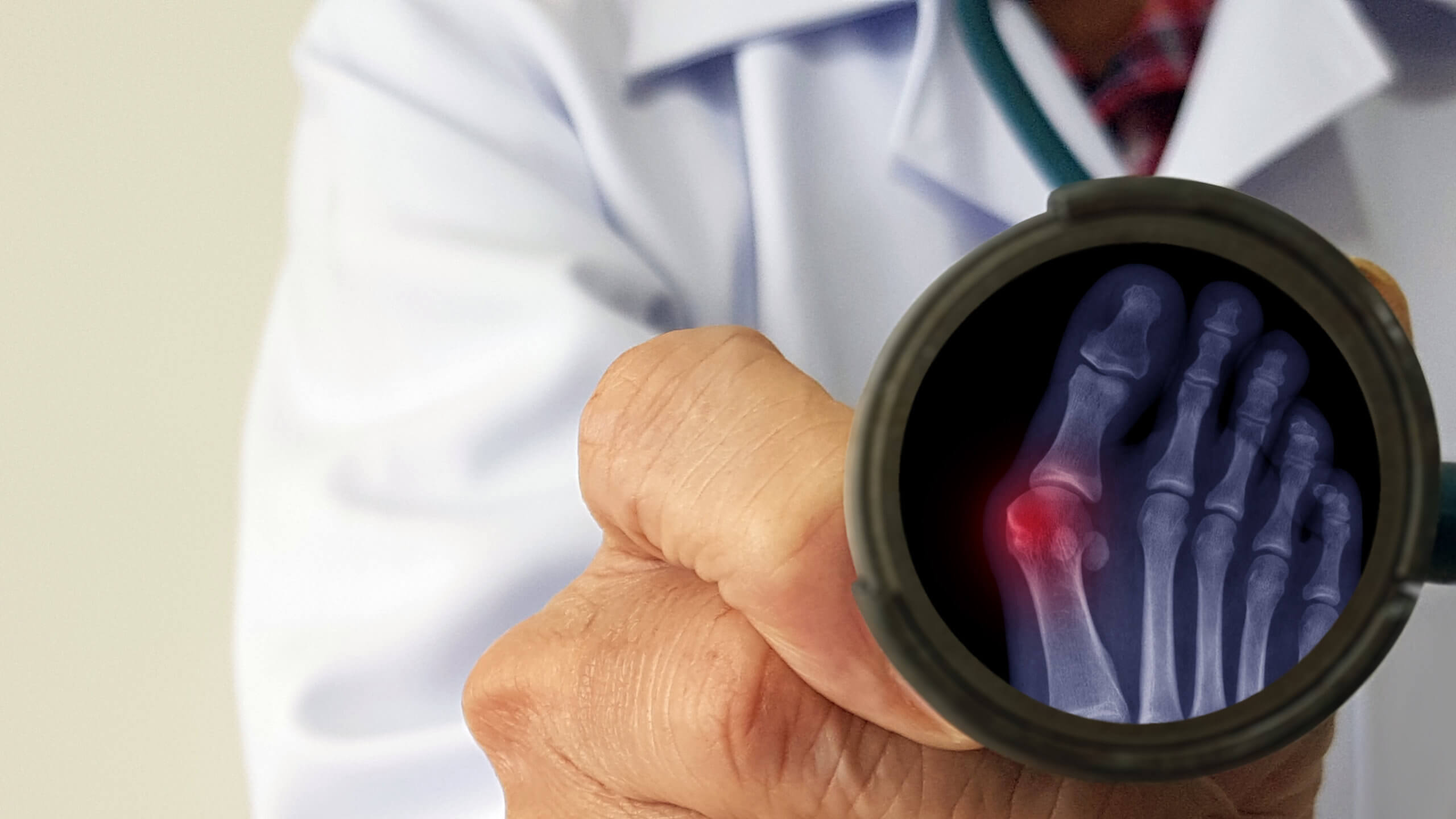Is it possible for a bunion to grow back after being surgically removed?
Bunions are extremely common. In fact, based on statistics from the American Orthopaedic Foot and Ankle Society, more than 30 percent of American women have bunions. Men get them, too, of course, but the type of footwear women tend to favor may not actually cause bunions but does seem to cause them to grow and become noticeable.
Most of us, whether we have personal experience with bunions or not, are familiar with what they are. That prominent bulge, often red and shiny, on the side of the foot, is hard to miss. It’s also fairly common to hear those who have bunions talk about how painful they can be and how they can make buying shoes so difficult.
What Exactly Is a Bunion?
A bunion is a bony bump that slowly forms over time on the big toe side of the foot, specifically at the metatarsophalangeal (MTP) joint. It is a progressive type of foot deformity in which pressure on the joint eventually forces it out of alignment.
You may never know the exact cause of your bunion. Some of the most common causes and contributing risk factors include:
- Heredity
- Injuries or trauma
- Weak or low arches
- Flat feet
- Inadequate support from supporting joints and tendons
- Medical conditions, like arthritis or some type of neuromuscular disease
- Footwear that is overly restrictive or narrow in the toe area
How Do You Treat a Bunion?
When they are small and just beginning to develop, bunions may not seem to require much attention. Unfortunately, this is a common mistake because this is the best time to take steps to prevent them from becoming a more serious condition. Bunions do not go away on their own, and, unless changes are made to slow or stop their growth, they will likely continue to not only get larger but also become quite painful.
In addition to the pain, inflammation and inconvenience of the bunion itself, bunions can also contribute to the development of hammertoe, bursitis and metatarsalgia, which involves pain and inflammation in the ball of the foot area.
For all of these reasons, it is important to make an appointment with your orthopedist at the first signs of a bunion beginning to develop. There are a variety of non-surgical treatments that can be helpful if done before the bunion grows too large or to the point it is interfering with your daily activities. The most common of these are:
- Rest
- Icing
- More appropriate shoe choice
- Orthotics
In most cases, these more conservative methods will make enough of a difference. For those that do require a surgical option, there are options to realign the bones and make any necessary repairs to the supporting tissue. While these procedures are done on an outpatient basis, recovery will take several months.
During and beyond recovery, it will be very important to follow all of the instructions provided by your orthopedic surgeon, including changing lifestyle and activity patterns that contributed to the development of the bunion in the first place. Otherwise, it is possible for the bunion to return to the same location and possibly require revision surgery at some point in the future.
If you have questions or concerns about any foot or ankle issues, Dr. Christopher Hubbard is a board-certified Orthopedic Surgeon with Ortho-Care Wayne in Passaic County New Jersey, and is the former Chief of the Foot and Ankle Service at Mount Sinai Beth Israel in NYC.
To schedule an appointment, or if you just have questions, please use our convenient online contact form by clicking here.
